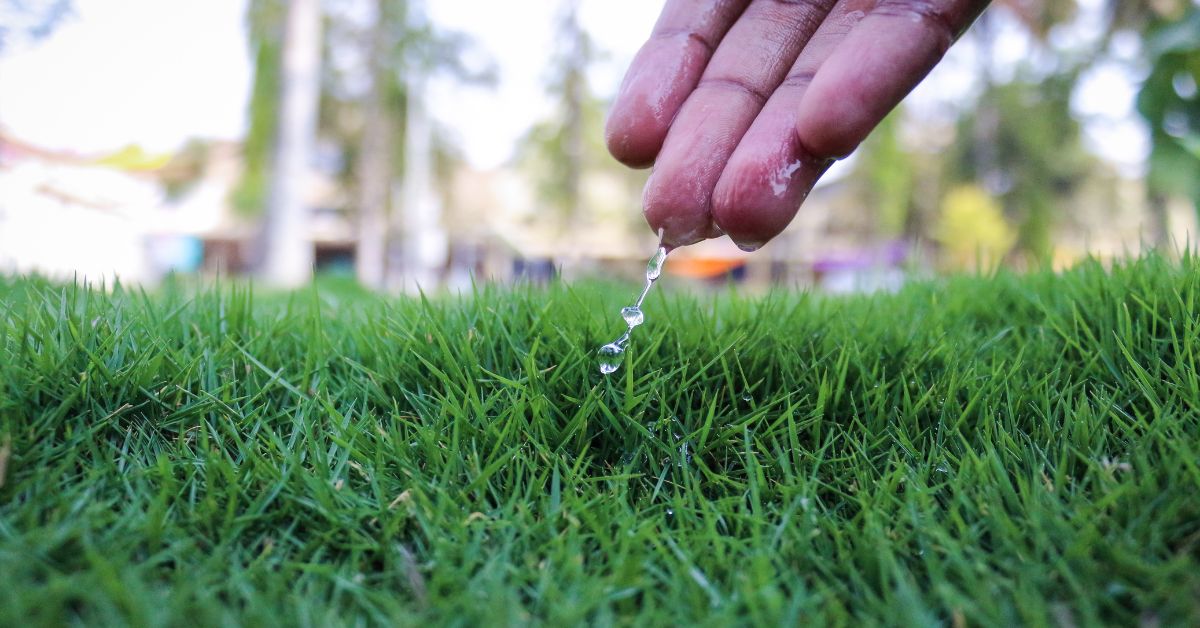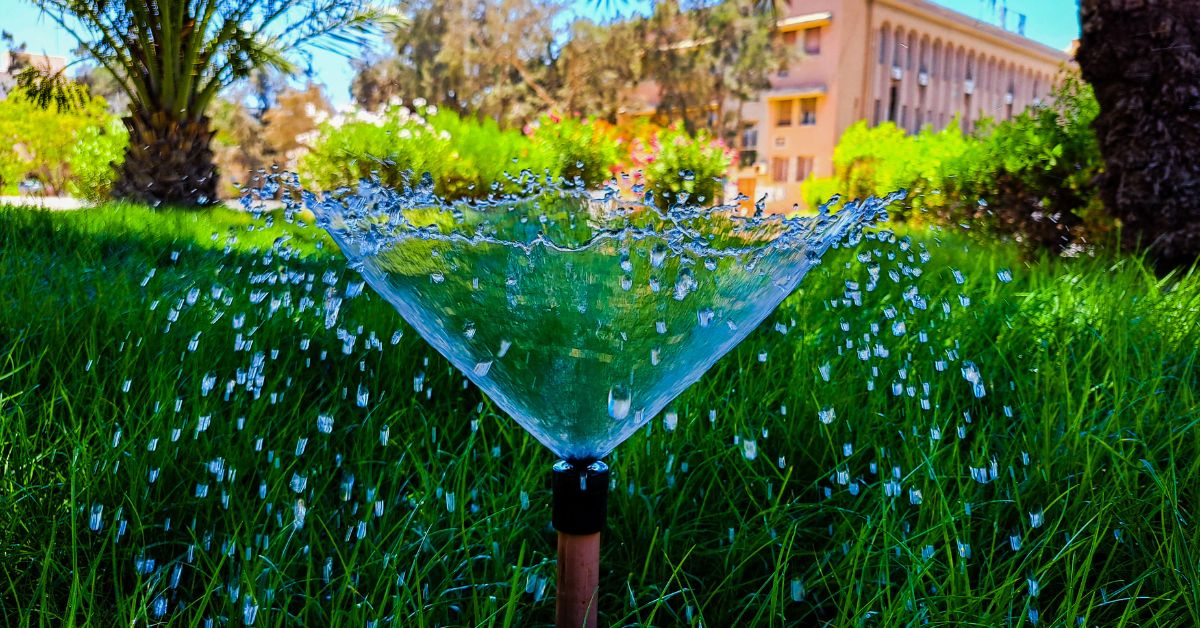If you’ve ever wondered what does a rat nest look like, you’re not alone. Rats are known for their ability to find shelter in the most unlikely of places, making their nests a common household issue. Understanding the appearance of a rat nest can help you detect a rat infestation early, preventing further damage and health risks. In this guide, we’ll break down the typical characteristics of a rat nest, where they’re commonly found, and how to handle an infestation effectively. By the end of this article, you’ll have a clearer understanding of how to spot a rat nest and what to do about it.
What Exactly is a Rat Nest?
A rat nest is essentially a shelter that rats build to provide themselves with warmth, safety, and a space to reproduce. These nests are typically constructed in hidden or difficult-to-reach areas within homes or buildings, such as attics, basements, and crawl spaces. Unlike some animals, rats don’t have a specific “nesting season,” meaning they can build nests at any time of the year.
Rats are incredibly resourceful when it comes to finding materials to construct their nests. They often use soft, insulating materials such as paper, fabric, insulation, and even shredded cardboard. These materials help retain heat and offer a comfortable space for rats to stay and breed.
Where Do Rats Build Their Nests?
Rats prefer dark, quiet, and secluded areas when building their nests. Common locations for rat nests include:
Attics and roof spaces
Attics and roof spaces are common areas where rats build their nests due to the warmth, seclusion, and shelter they provide. These spaces often have gaps and entry points that allow rats to enter unnoticed. Because attics are rarely disturbed, they offer an ideal environment for rats to nest, breed, and thrive without human interference.
Basements and crawl spaces
Basements and crawl spaces are ideal nesting areas for rats because they offer dark, quiet, and undisturbed environments. These areas are often close to food sources, like stored items or garbage, making them attractive to rats. The hidden nature of basements and crawl spaces allows rats to build their nests safely, away from human activity and predators.
Inside walls
Inside walls provide rats with a secure, hidden environment to build nests. These spaces are often unnoticed, allowing Palm Rats to burrow into insulation, wires, or gaps. With easy access to food and water, rats can thrive in wall cavities, making it challenging to detect and remove them. It’s important to inspect walls for signs of infestation early.
Rats are also drawn to areas with easy access to food and water. They will often build their nests near garbage, food storage areas, or even kitchens, where food scraps are readily available. Rats will sometimes use outdoor shelters like sheds, woodpiles, or undergrown bushes as nesting sites.
What Does a Rat Nest Look Like? Characteristics and Features
When you spot a rat nest, you’ll likely notice it is made up of various materials. The nest itself tends to be:
Shredded paper or cardboard
Shredded paper or cardboard is a common material used by rats to construct their nests. These items are easily accessible and provide insulation and warmth. Rats will shred newspapers, cardboard boxes, and other paper products to create a soft, cozy space for breeding and shelter. This material also helps maintain the nest’s structure and keeps it comfortable for the rats.
Fabric pieces or insulation
ChatGPT said:
Fabric pieces and insulation are often incorporated into rat nests due to their softness and ability to retain warmth. Rats will tear apart old clothing, blankets, or insulation material to line their nests, providing a cozy, insulated environment. These materials also help protect the rats from temperature fluctuations and contribute to the overall stability of the nest.
Nesting materials like twigs, leaves, and grass
Nesting materials like twigs, leaves, and grass are commonly used by rats, especially in outdoor environments. These natural materials provide structure and comfort for the nest. Rats often gather twigs, dried leaves, and grasses to create a sturdy base, ensuring the nest is both well-insulated and protected from the elements. This makes the nest ideal for breeding and shelter.
The nest may be loosely built or tightly packed, depending on the location and number of rats living inside. The size of the nest can also vary, with larger nests indicating a more significant infestation. One clear sign of an active rat nest is the presence of droppings and urine stains around it. The nest will also have a distinct, musty odor, which is often a mixture of urine and rat scent.
How to Identify a Rat Nest
If you’re wondering how to identify a rat nest in your home, look for these key signs:
-
Scratching or scurrying sounds: Scratching or scurrying sounds are common indicators of a rat infestation, particularly at night when rats are most active. These noises are often heard in walls, ceilings, or attics, where rats move around in search of food or shelter. If you hear these sounds regularly, it could be a sign that rats are nesting or traveling through hidden spaces in your home.
-
Droppings: Rats leave behind small, cylindrical droppings that are typically dark brown or black. These droppings are a clear sign of an active infestation. You may find them near food sources, along rat pathways, or close to their nests. The presence of droppings, especially in concentrated areas, indicates that rats are actively residing and moving through your home or property.
-
Gnaw marks: Gnaw marks are another telltale sign of a rat infestation. Rats constantly chew on materials to keep their teeth from growing too long. You may notice bite marks on wood, wires, furniture, and even plastic. These gnaw marks are often found near their nests or along frequently traveled paths, indicating that rats are actively using these areas.
-
Foul odor: A foul odor is a strong indication of a rat infestation. The smell comes from urine, droppings, and the presence of decaying rats. If a nest is located within walls, attics, or hidden spaces, the odor may become more noticeable as rats mark their territory. This unpleasant smell can also indicate a more severe infestation requiring immediate attention and action.
Rats typically enter homes through gaps in walls, vents, or even through pet doors. Once inside, they may establish nests in places that provide access to warmth and food.
How to Deal with a Rat Nest Once Discovered
If you find a rat nest in your home, it’s crucial to take swift action to deal with the issue. Here’s a step-by-step guide:
-
Safety first: When dealing with a rat infestation, safety first is crucial. Always wear gloves, a mask, and protective clothing to avoid direct contact with rats, their nests, or droppings. Rats can carry diseases, so it’s important to minimize exposure. Take necessary precautions when handling traps, poison, or cleaning materials to prevent contamination and ensure your safety throughout the process.
-
Seal off entry points: Sealing off entry points is a key step in preventing a rat infestation. Rats can squeeze through even small gaps, cracks, or holes in walls, doors, and windows. Inspect your home for potential entryways and seal them with caulk, steel wool, or other durable materials. This helps block rats from entering and prevents future infestations.
-
Remove the nest: Removing the nest is essential when dealing with a rat infestation. Wear protective gear, including gloves and a mask, to avoid direct contact with the nest, as it may contain bacteria and parasites. Carefully dispose of the nest in a sealed bag, and clean the area thoroughly. This helps eliminate any remaining rats and reduces health risks.
-
Use traps or poison: Using traps or poison is an effective way to control a rat infestation. Traps, both snap and live, can capture rats without harm, while poison baits eliminate rats after consumption. When using either method, place them in areas where rats are active, such as along walls or near nests. Always handle traps and poison with caution to ensure safety.
If the infestation is too large or persistent, it’s recommended to hire a professional pest control service to handle the issue.
FAQs
Q: How can you tell if a nest is from rats?
A: Rat nests are typically made from shredded paper, fabric, insulation, and organic materials like leaves and grass. They are often found in secluded areas.
Q: Why do rats build nests in homes?
A: Rats seek shelter, warmth, and a safe environment to breed. Your home provides the ideal conditions for these rodents.
Q: What should I do if I find a rat nest in my house?
A: Wear gloves and a mask, seal the entry points, remove the nest, and set up traps or poison to deal with the rats.
Q: Are rat nests dangerous to humans?
A: Yes, rat nests can pose health risks due to the bacteria and diseases carried by rats, including salmonella and hantavirus.
Q: Can I get rid of a rat nest myself?
A: Yes, if the infestation is small, you can remove the nest and use traps. However, for large infestations, it’s best to call a pest control expert.
Q: What other pests might build nests in homes?
A: Other pests like squirrels, mice, and even birds may build nests in homes. Identifying the type of nest can help you handle the issue appropriately.
Conclusion
Spotting a rat nest early can help prevent a full-blown infestation. If you find signs of rats in your home, act quickly to remove the nest and seal any potential entry points. Regular cleaning, sealing cracks, and keeping your home well-maintained can help prevent future infestations. Understanding what a rat nest looks like will help you detect rats before they cause significant damage or health risks.







